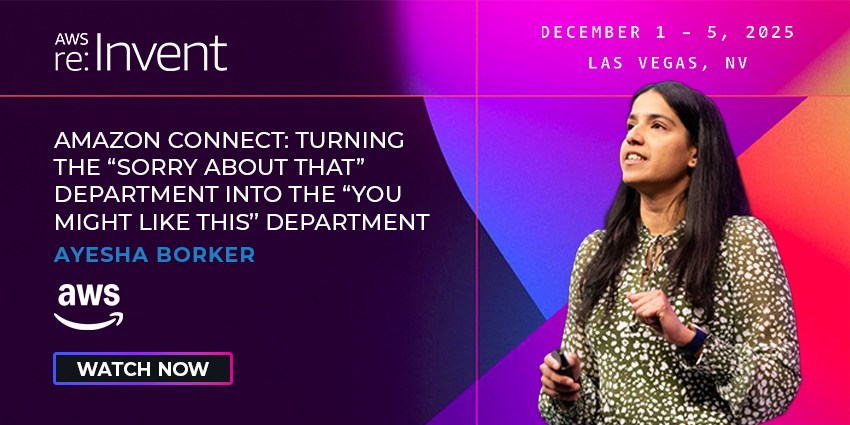Perhaps it’s because it was the earliest way that humans communicated with each other, there is something very profound about the sound of another person’s voice — whether providing information, value, reassurance, or the personal touch. At a time of international crisis which means most of us are physically distant from one another, there is something even more important about hearing other people’s voices clearly when we connect.
To understand this better I spoke to Gavin Sear, EMEA Product Marketing Manager at Poly, about what makes the difference in audio:
Audio quality underpins the human connection
“With modern headsets like the Poly Voyager 4245 Office the audio quality is effectively as good as it is face-to-face. The microphone picks up the whole frequency band, which is actually wider than the frequency of the human voice. Unlike the old telephone system which was very narrow band, it means you can have a deeply collaborative experience,” he explained.
With emotion lying at the extreme ranges of the frequency ranges, this makes sense for supporting the intuitive signals underlying the content of the spoken word — what is not said, alongside what is. “At Poly we tune our headsets for voice, so we emphasize some of the higher frequencies for intelligibility,” Sear continued.
This is particularly important right now, when many users of Poly headsets are working from home, often in less than ideal conditions, while trying to respond to the needs of customers who are themselves under new pressures and constraints. Not only do Poly’s headsets use professional active noise-cancelling microphones to block external noises, they also introduce side-tone into the headphones for natural feedback.
Continual feedback loop
As Sear explained, “When you talk, a certain amount of acoustic is fed back into your ears. So if you’re in a really noisy environment, you tend to increase the volume of your voice because you can’t hear it.” When you feed back side tone, users can not only moderate their volume, they can pick up on anything else the recipient is hearing from their side — like if they’re breathing into the mic, or there are unprofessional background noises on the call.
And simply being comfortable wearing the headset also impacts on the audio experience.
“Poly has been making headsets for over 55 years, so we have that balance of fit, ergonomics and comfort”
“Which is really important, because people wear headsets for around eight hours a day. If a headset isn’t comfortable, the wearer is going to be fiddling with it, and as soon as they touch any part of the headset you can hear the feedback — so providing good user comfort actually increases the audio quality as well,” Sear explained
In a world where video is increasingly the expectation but wide variations of quality are tolerated, clear audio is one place we are no longer prepared to compromise. Whether it’s professional newscasters now working down the line from home, or a contact centre you’re chasing due to a service issue, impeccable audio is vital to that human connection.
With a choice of styles and preferences to suit all environments, Poly’s extensive range of communication headsets and speakerphones make the difference, for business and communication continuity in uncertain times.







